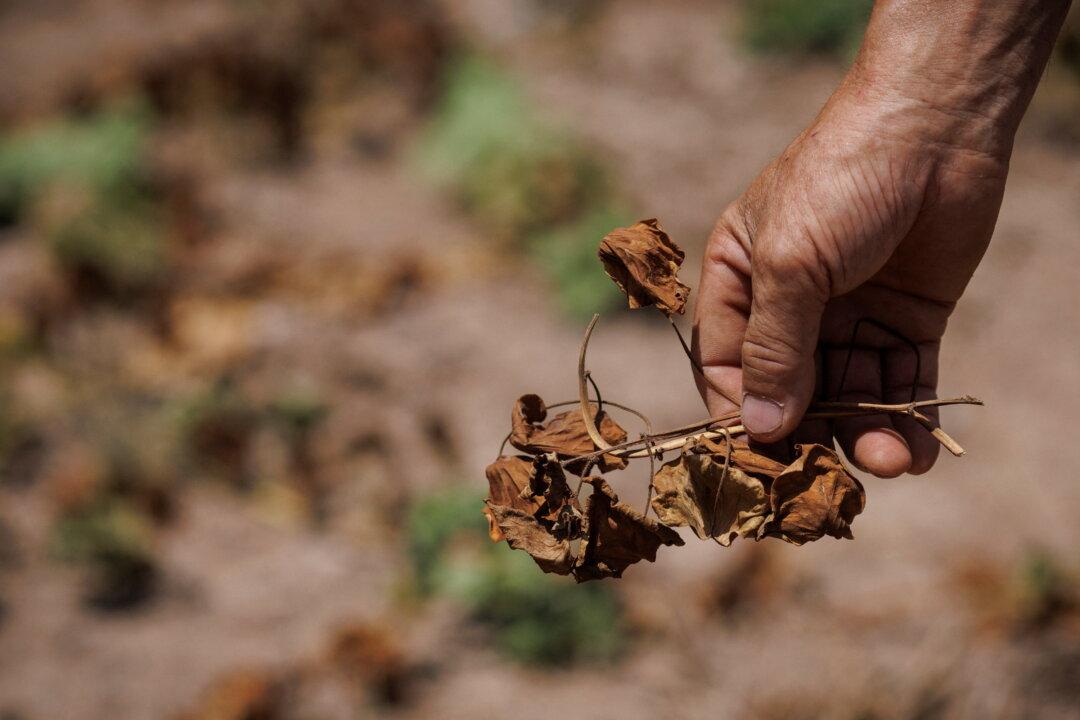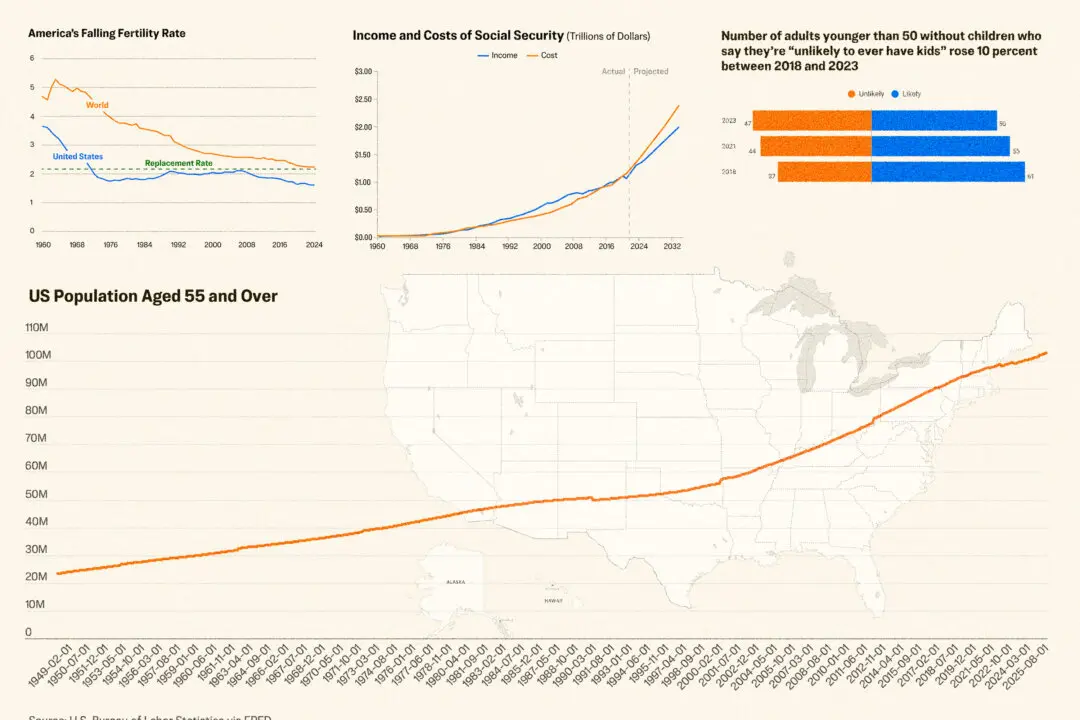Experts across the globe are warning that food prices will continue to climb and are advising consumers to brace for the possibility of empty shelves, because of the heavy toll that extreme drought conditions are taking on agriculture in 18 countries, all of which are major food producers.
Forty-two U.S. states are experiencing moderate to severe dry weather. Moreover, record-breaking hot summer temperatures coupled with extended drought in most of Europe, the United Kingdom, China, India, parts of Latin America, and the African horn countries have amplified a growing instability within the supply chain.





